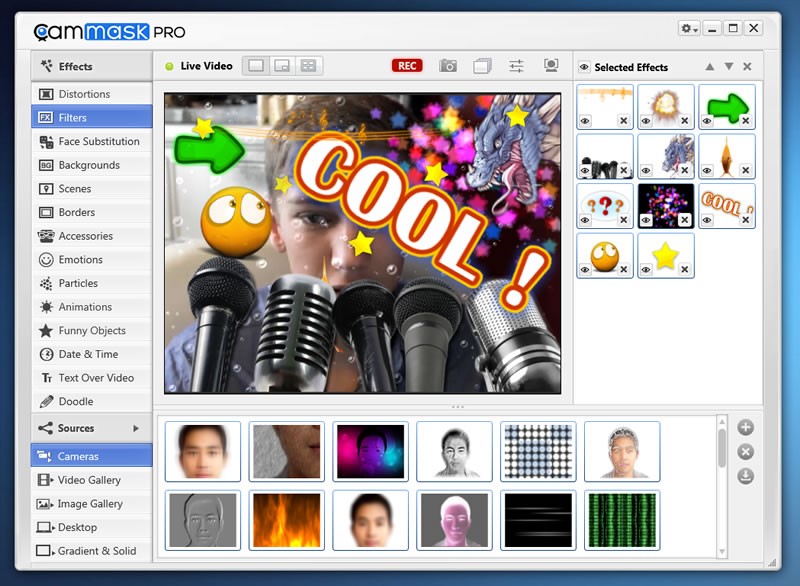


FDSR includes filters on Snapchat and Instagram that overlay a user’s image and alter its appearance, as well as the recent phenomenon of Animoji on the iPhone X, through which users can video chat and send video clips of themselves speaking through large-format emoji that mirror movements of the sender’s head, mouth, eyes, and eyebrows in real time. We refer to this phenomenon as Filtered Digital Self-Representation, or FDSR for short. The recent development of ‘deepfake’ technologies, in which an algorithm superimposes images and videos onto source images and uses synthesized voices to show someone saying and doing things that they never did in reality (Chesney & Citron, 2018), is a sophisticated example of a broader phenomenon, namely, the growing availability of technology that allows even people with limited technical skills to filter and modify their online self-presentation. We conclude by discussing the broader social and ethical implications of Animoji and other forms of filtered digital self-representation. At the same time, some performances invoked stereotypes that denigrate members of certain groups. Through modifications in vocal quality, prosody, and lexis, the clips were found to enact playful verbal performances that varied in degree and nature according to the specific Animoji used, the gender of the animator, and the gender of the performed character. We investigate spoken behavior in Animoji video clips shared publicly on and in the first 14 months after the iPhone X’s commercial release, using quantitative and qualitative discourse analysis methods. However, the effect that Animoji animators seek to create depends heavily on the characteristics of their spoken voice. As a dynamic, mask-like form of digital self-representation, Animoji on the Apple iPhone X afford interesting new possibilities for mediated communication.


 0 kommentar(er)
0 kommentar(er)
